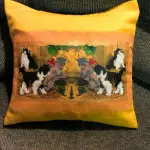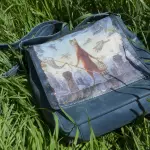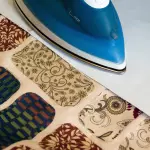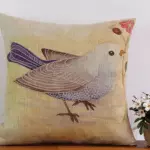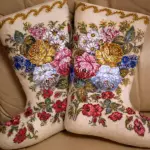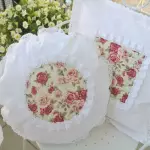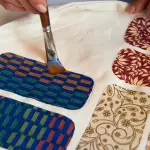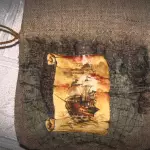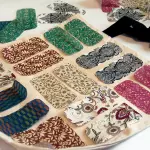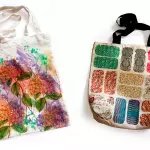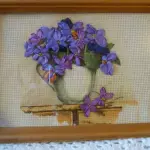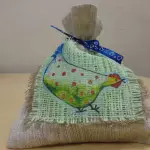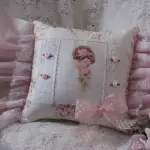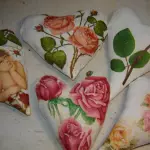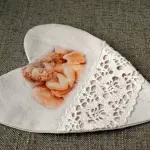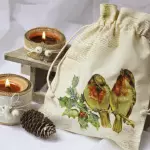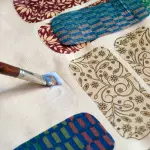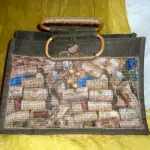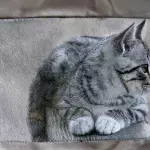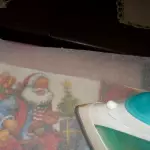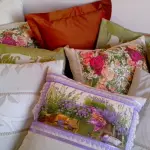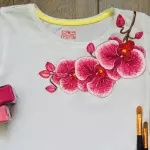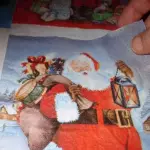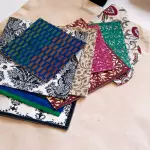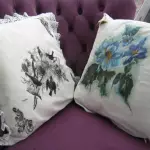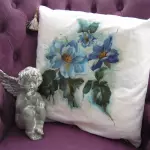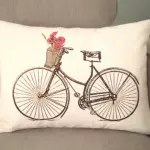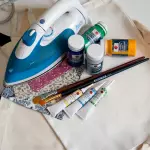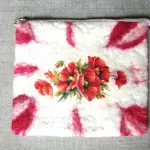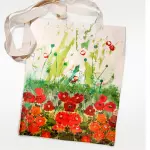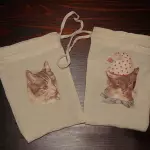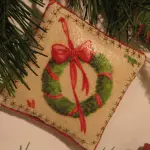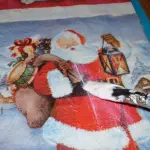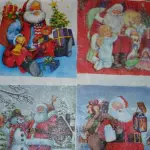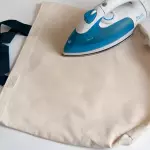Decoupage on fabric is quite interesting, and most importantly easy way to decorate. Typically, such a finish is made on those things that do not imply frequent washing, since the picture can partially or completely steal from the surface of the textile material. Therefore, decorate tablecloths, napkins, peculiar clothes, create pictures on canvas. There are many ways to transfer pictures on the textile basis, but the simplest is a decoupage on the tissue with conventional PVA glue.
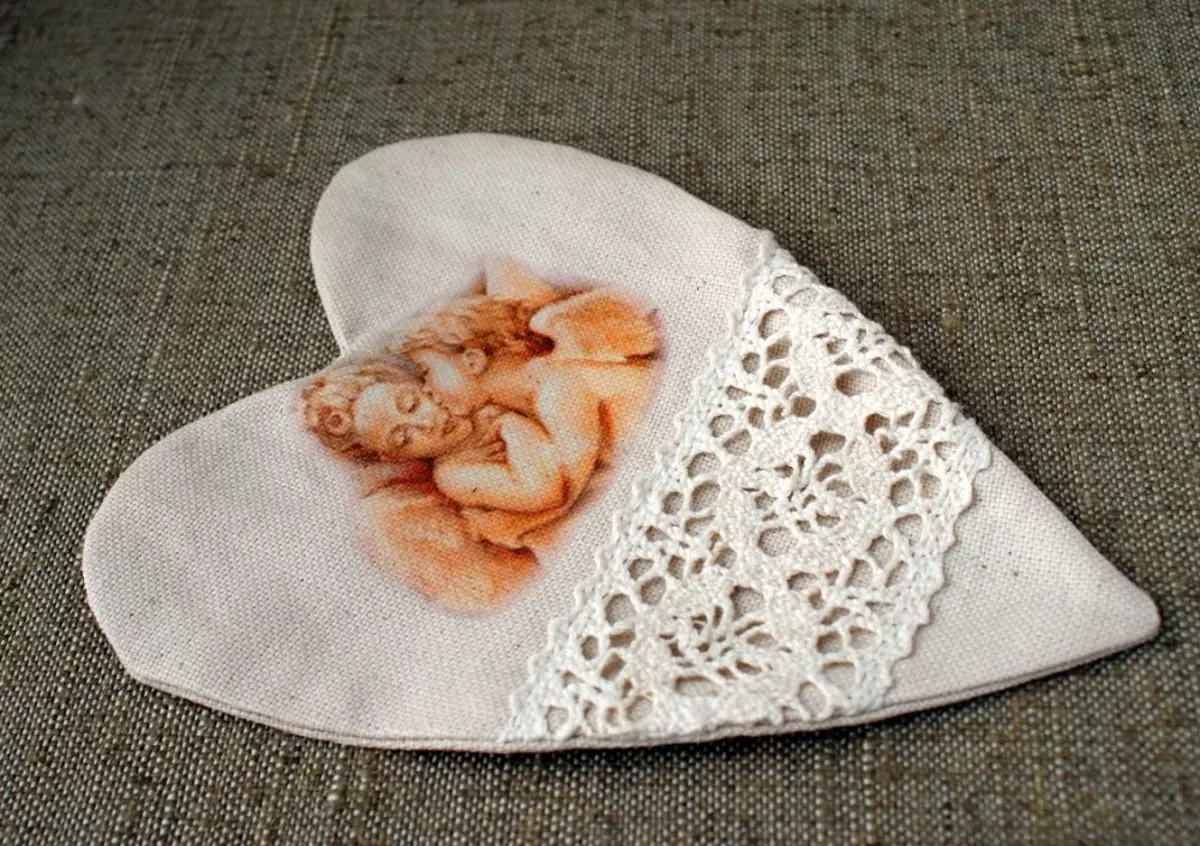
Tools and materials
For decoupage on the fabric, it is necessary to prepare several basic tools that will be useful to apply glue and remove its excess. In addition, the main elements are prepared.
The list of the necessary decoupage looks like this:
- three-four brushes of different thickness for glue;
- Urinary for removing excess glue;
- PVA glue medium density;
- drawing for transfer to fabric;
- ordinary water room temperature;
- Iron and scissors;
- wax paper;
- Textile material.
Tip: The basis for decoupage should be performed only from natural tissue, otherwise problems may arise with the color.
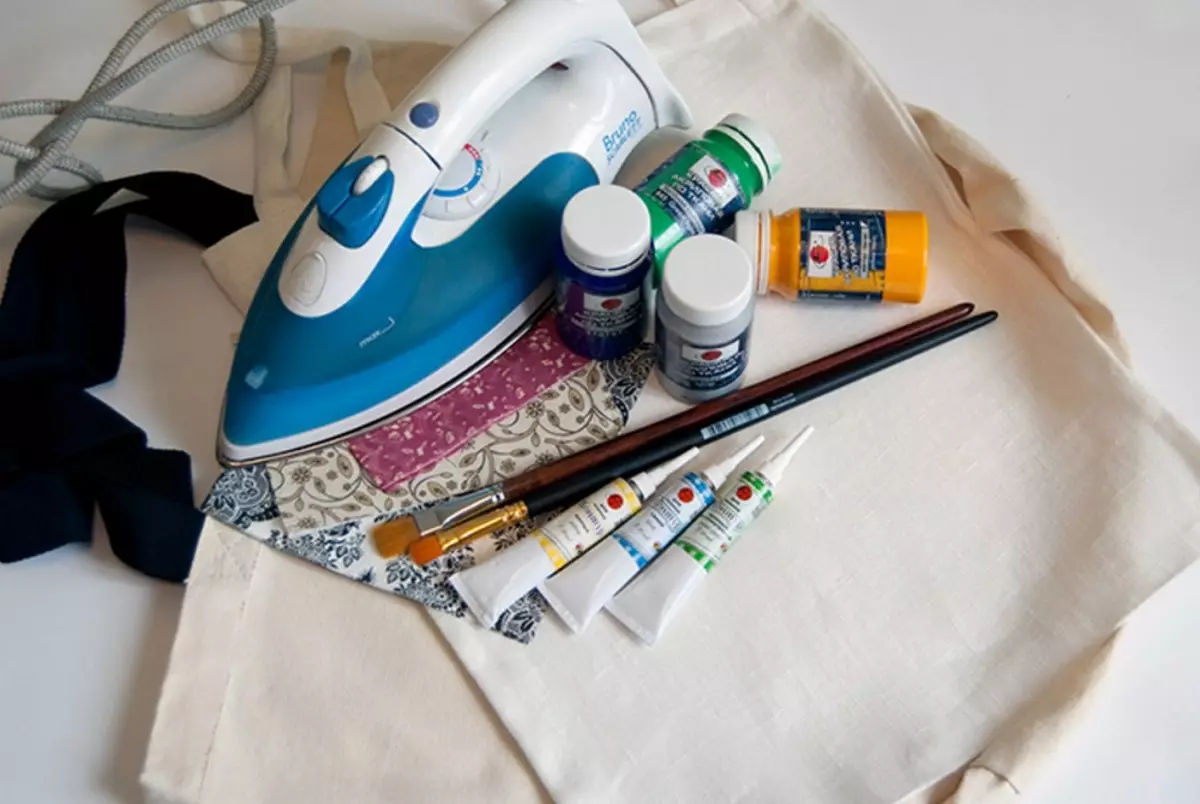
As for the drawing, it uses conventional paper napkins to apply. Less often, the drawing is translated from rice paper. Tassels must be synthetic, but at the same time sufficiently soft. Additionally, you can use acrylic paints to form contrast pattern contours and adjusting stains that may occur during operation.
Preparatory work
Typically select the basis of light tones, but dark shades can also be used. Around the portable image additionally make paint stroke. First, the fabric is preparing, as it has a property to sit down or sit during wetting. Pre-textiles are used in warm water, after which it is well revealed with the use of steam. And then begin directly to the decoupage of the fabric.
Article on the topic: Decoration of flower pots: more than 6 ideas
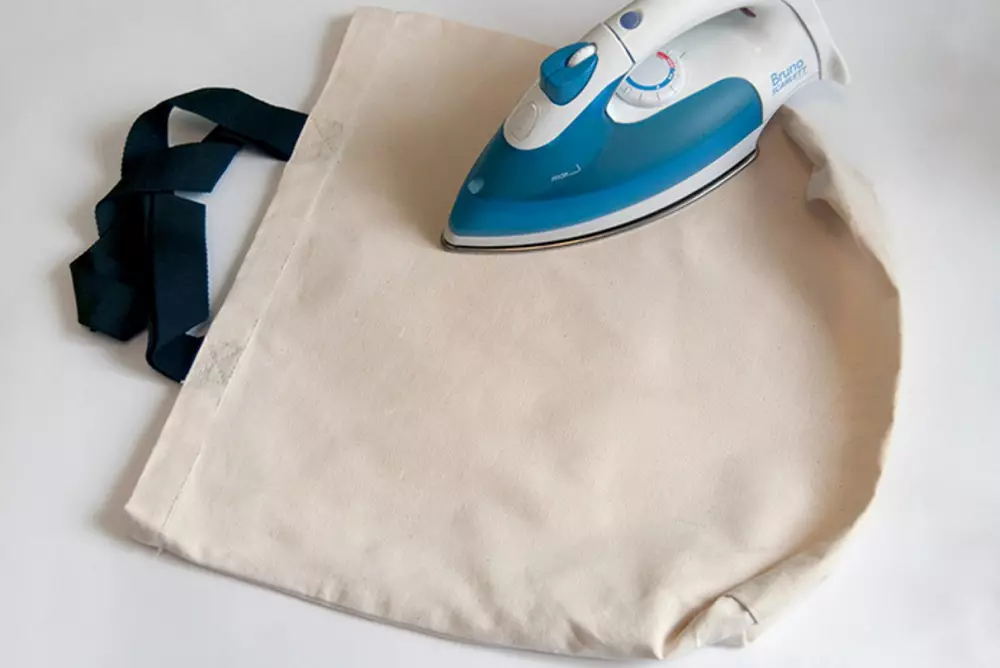
It is better to work on a flat surface, not littered outsiders. It should also be well covered.
Decoupage on fabric for beginners originates from the preparation of the workplace. All the necessary tools need to be decomposed on the working surface, and the materials are pre-prepared. The pattern from the napkin or rice paper is cut with scissors so that its edges are smooth. Some clever arms form edges.
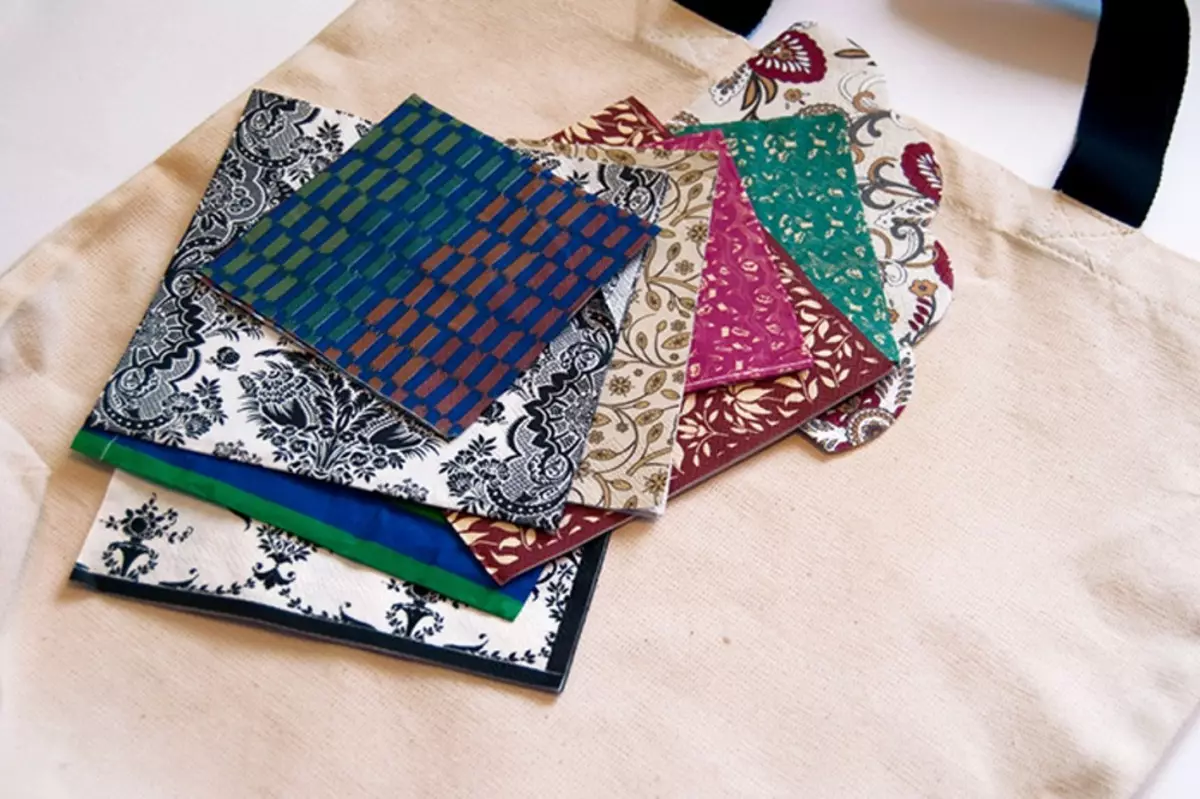
Decoupage technique on fabric (master class)
Decoupage technique suggests accuracy and maximum accuracy. If these conditions are not executed, the picture is carried uneven or not tolerated at all.
The procedure is as follows:
1. The fabric is folded on the surface so that there are no folds. The finished drawing is placed on the surface and align. To fix the accommodation, the contour mark the disappearing marker.
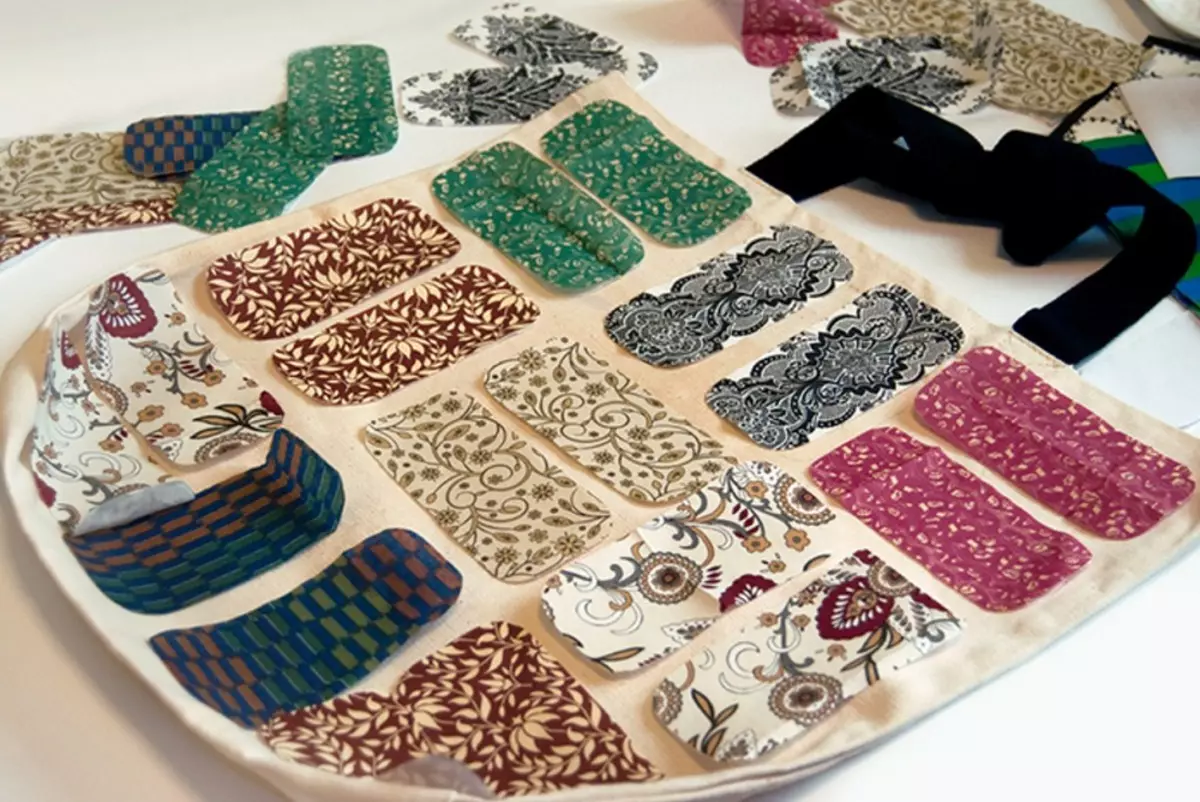
2. PVA glue covers the place marked under the drawing and its full drying is expected. If the substance is too thick, it can be slightly diluted with warm water.
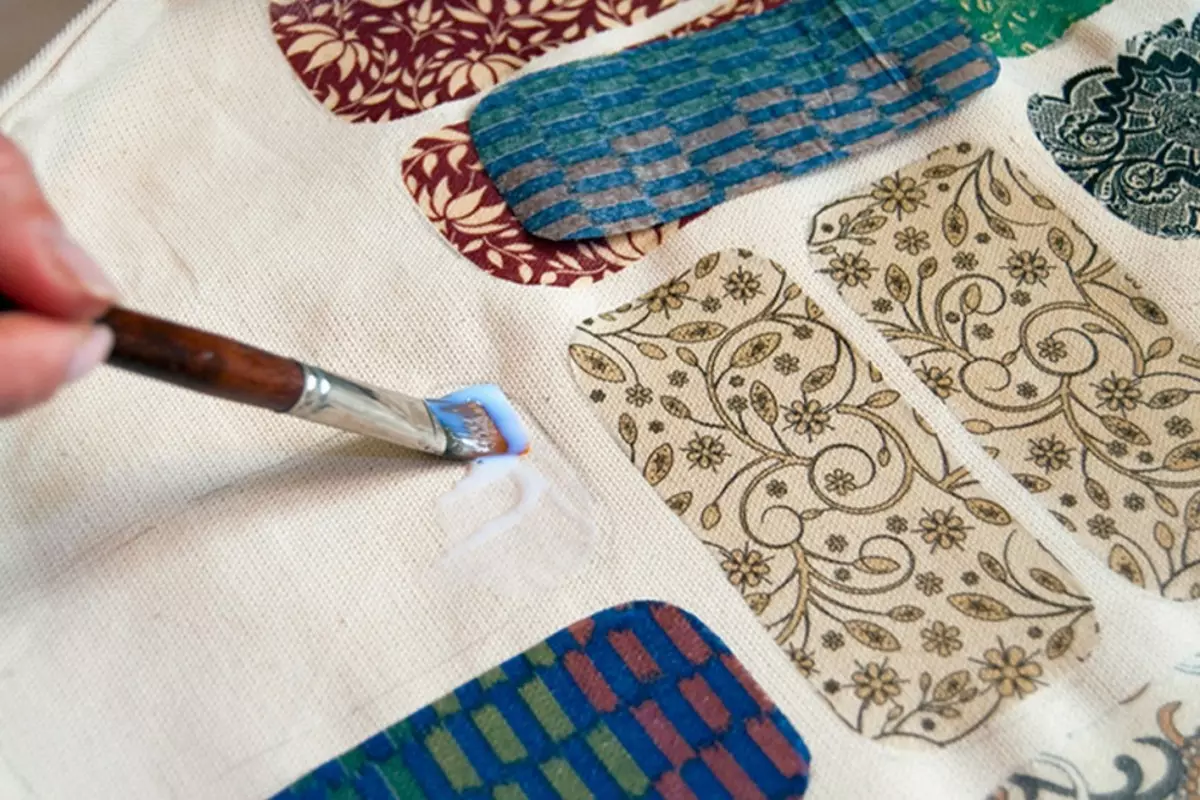
3. If the drawing is translated from the napkin, the lower white layer is removed, and the top is applied to the place where the glue is already drying.
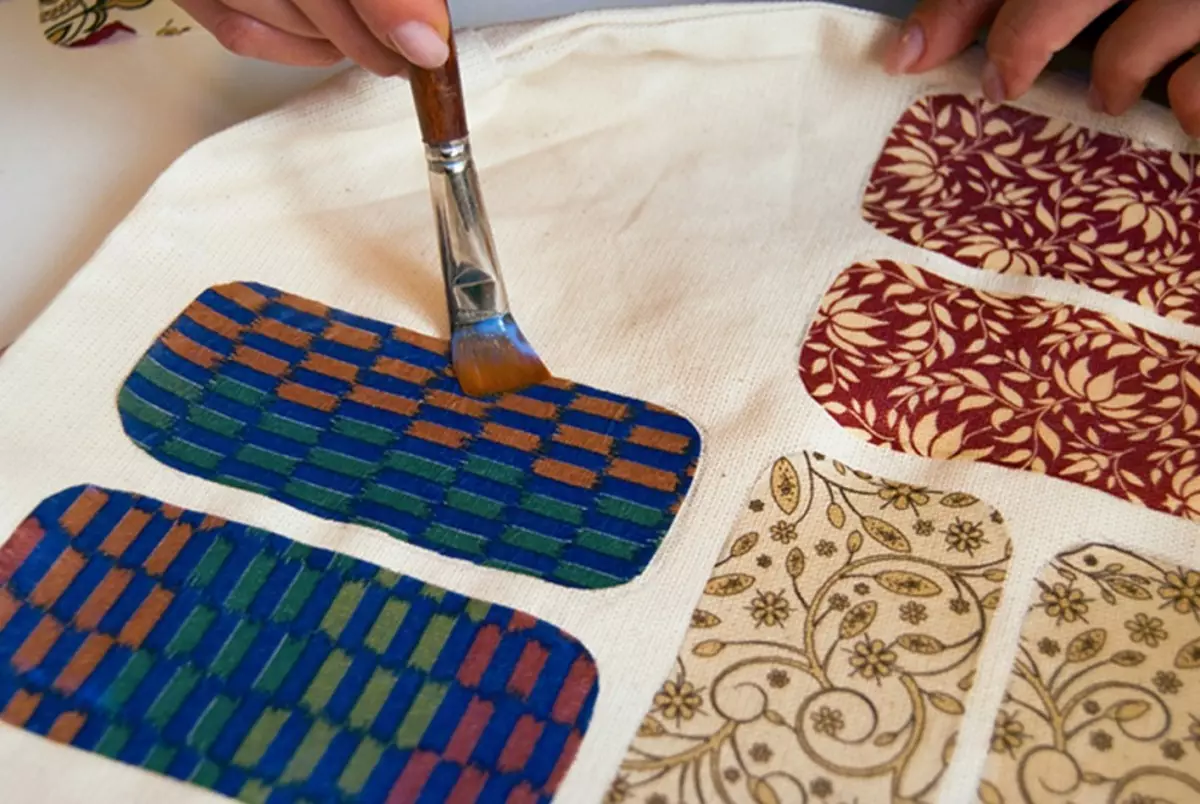
4. From above, the napkin is covered with shared paper and is stroked the iron that is included on the middle power. Stroking is made from the middle and is carried out to the edges of the picture. The procedure lasts about 5 minutes.
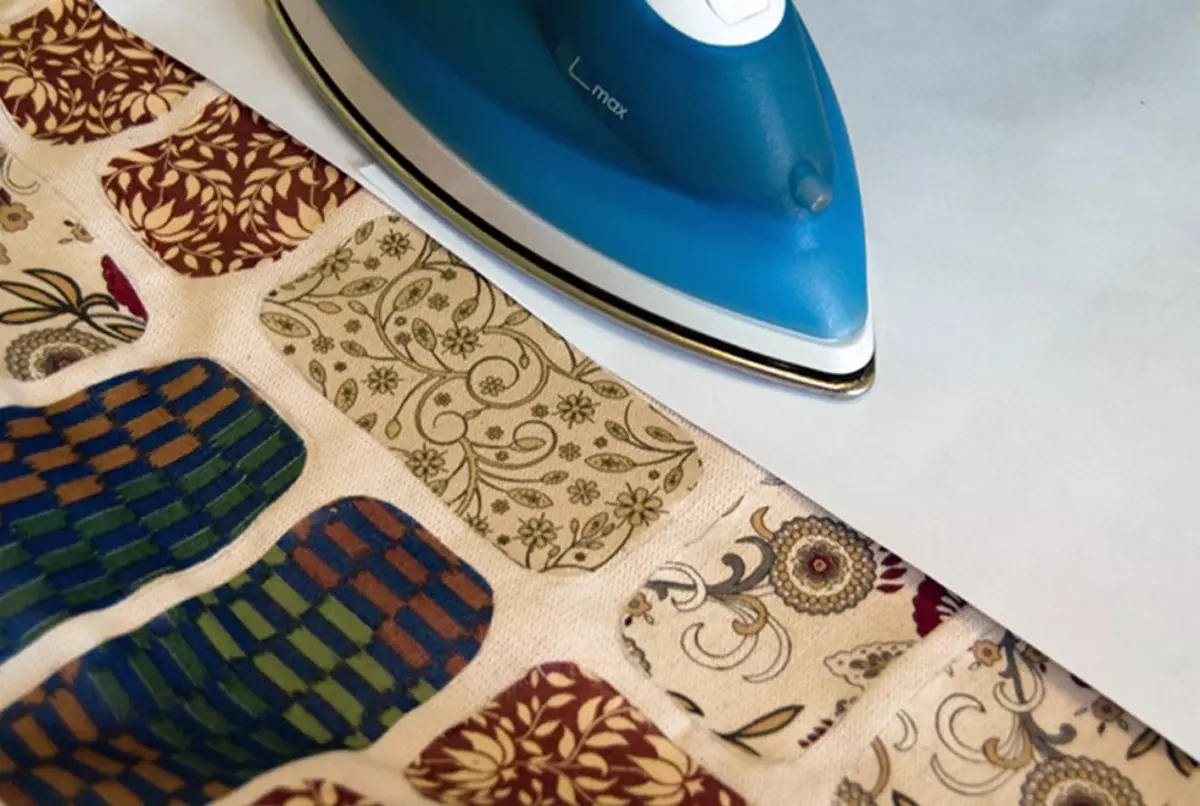
It is important to check how the napkin attached to a textile basis. If there are shortcomings, the procedure with the iron is repeated in these places again. Correction of contour or places where the drawing has not been translated, carried out with the help of acrylic paints.
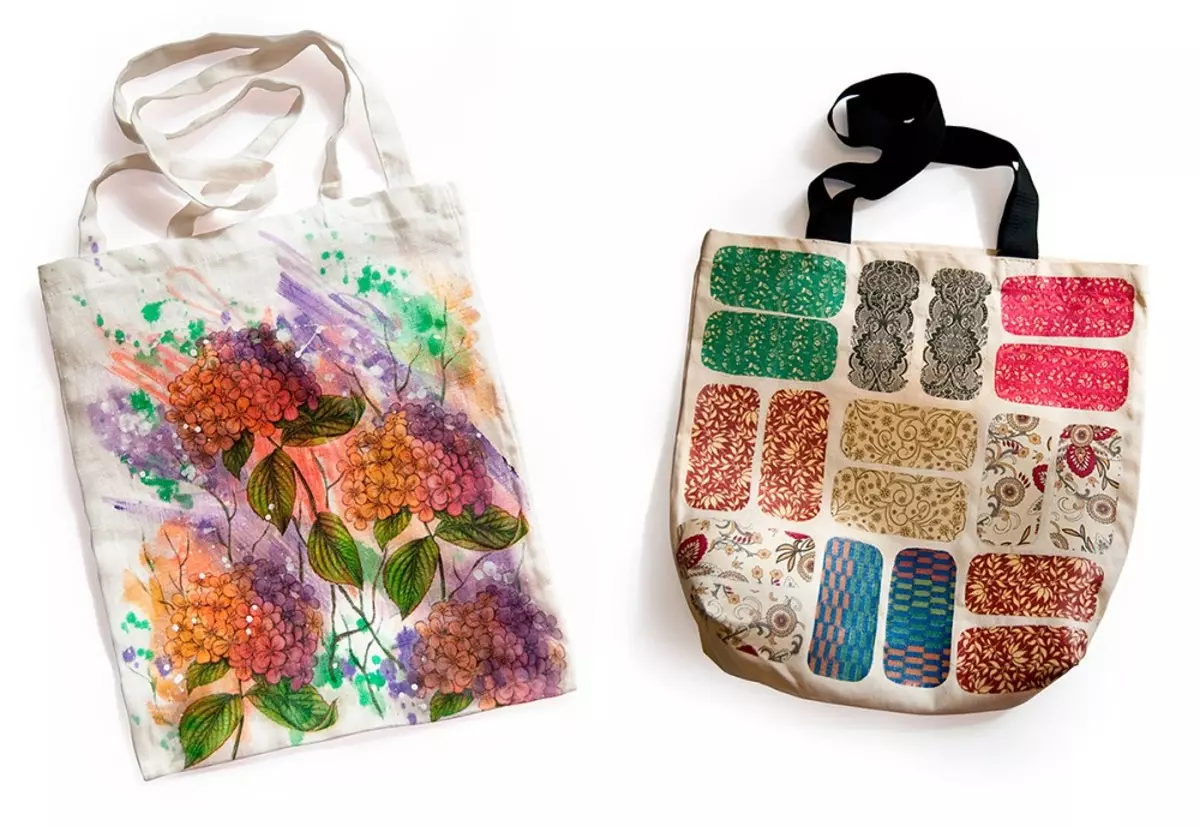
In order not to spoil the working surface with glue, a stationery or ordinary cellophane package is fitted under the fabric. Sometimes the surface is covered with acrylic varnish. The tool is applied with a thin layer, otherwise it simply does not dry and will be lubricated along with the pattern. So you can extend the life of the drawing for a long time.
Article on the topic: Features of decorating rooms in the apartment
On video: Master class on decoupage on fabric glue PVA
The second method of decoupage on the fabric
To create a decoupage on fabric, the master class suggests a second way to transfer patterns to textiles. It does not differ from the first in difficulty, but has a completely different technology, while the tools and materials are used the same.
This method of decoupage to the cloth involves the following steps:
1. The material stacked on the stationery file and rolls up as much as possible. The napkin is folded on top.
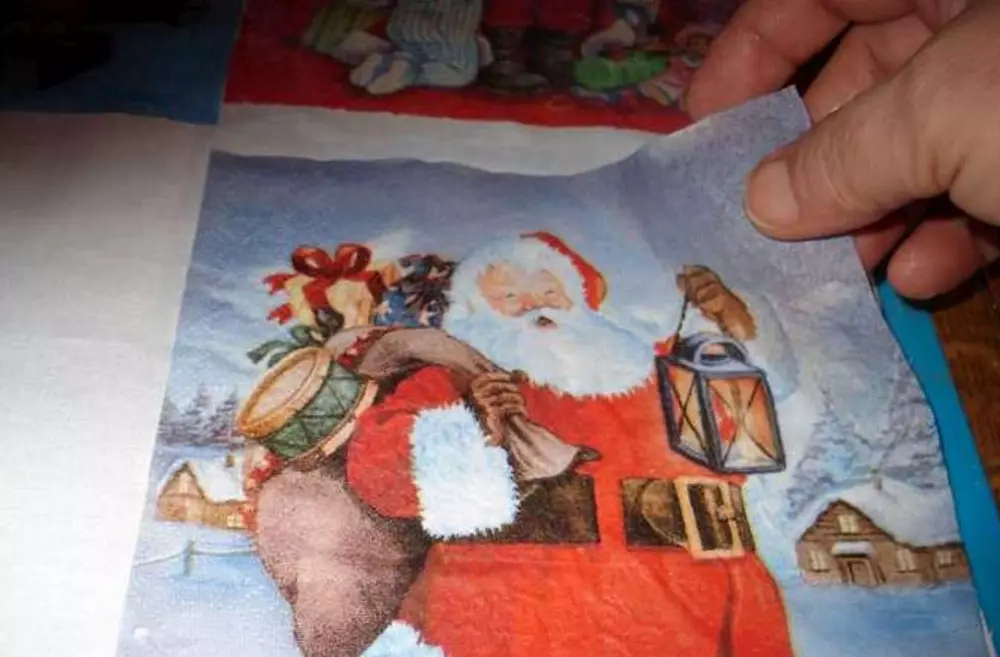
2. PVA glue is applied to the napkin with a thin layer from the center to the edges, with the result that it is glued to the base. When the drawing is completely glued to the tissue, the control layer of glue is applied.
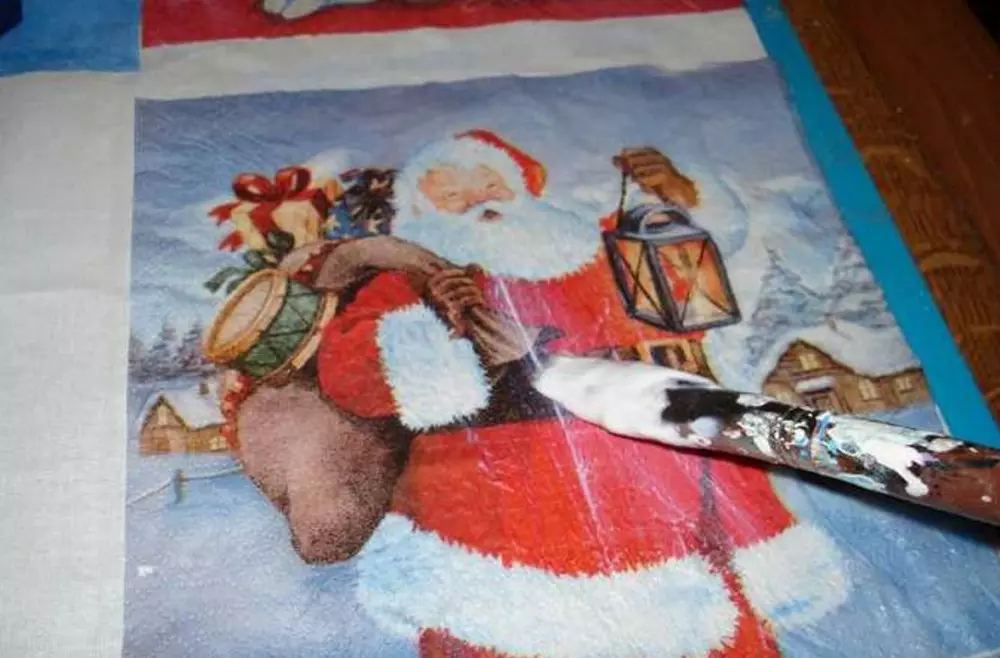
3. After a day, the pattern is stroked the iron without steam. To the picture not printed on the sole of the iron, you need to iron through the cotton fabric or rice paper.
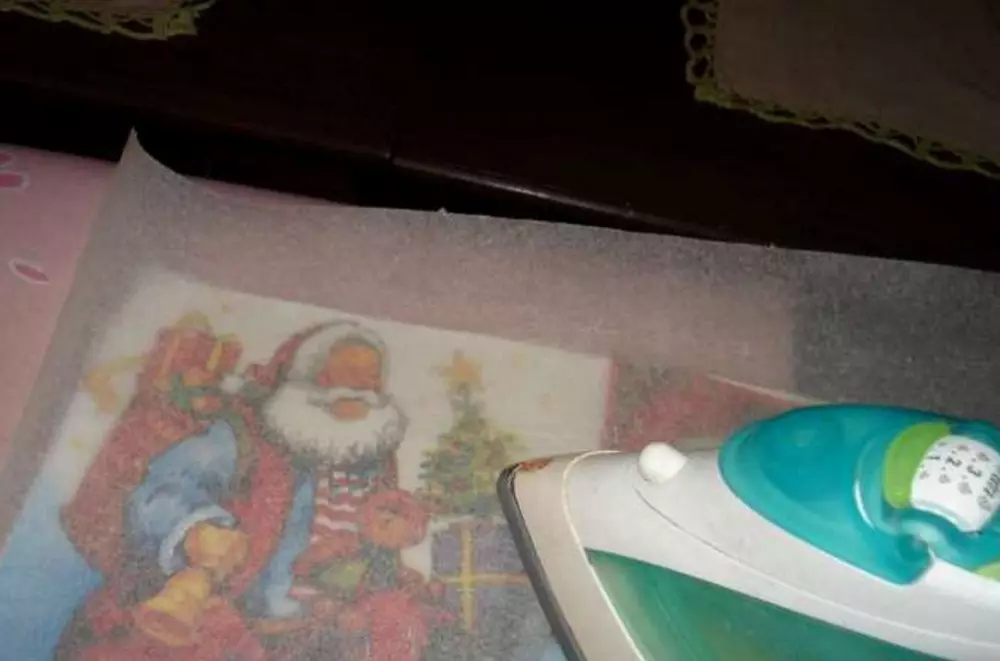
To avoid the appearance of folds or breaks, the glue is applied with circular motions. This uses two soft brushes.
Optionally, you can, after applying glue, form a background or contour around the drawing, and you can leave without additional effects. The second method of decoupage is more suitable for beginners, as there are less opportunities to spoil the work.
Additional advice
Decoupage on tissue using PVA glue can be carried out in two different ways. The principle of operation is the same, only the method of fastening the napkin to textiles is distinguished, namely, the calculation procedure of glue is distinguished. In both the first and in the second case, you can use acrylic paints to create additional effects: background, frame, contour around the drawing.
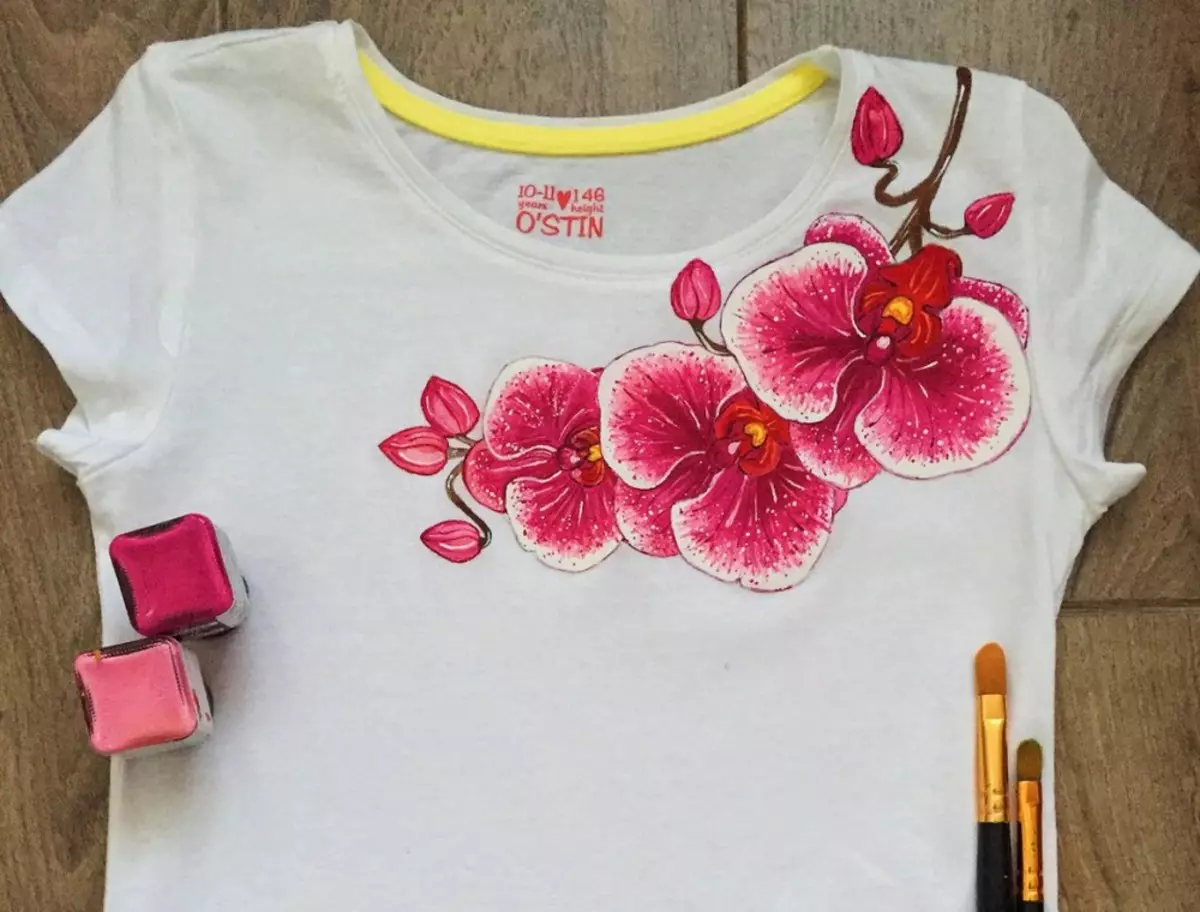
With the help of special glue, you can create a protective coating for the surface from washing and fading. The main thing in the process of working out of the tissue remove excess glue and follow so that the folds are not formed on the fabric or on the napkin. For beginners, it is this part that causes difficulty, but with experience and it becomes simple.
Article on the topic: Creative refrigerator in a decoupage technique
For decorative textile finishes of this kind, accessible tools and materials can be purchased in any economic store or special department for needlewomen. For the first time you can even buy a special set.
Decoration of fabric in the technique of decoupage (2 video)
Fabric decoupage options (35 photos)
